I’m able to study the science of Killer Mike’s smile because I’ve watched him flash it roughly three to five times in the last several minutes, as his SUV loiters outside a sprawling 30,000 square-foot property he’s dubbed “The VLNS Headquarters,” one of several businesses, eateries and investment properties that Mike and his wife Shana Render own or co-own throughout the city of Atlanta. “Mr. Dan, I'm on an interview right now,” he says out of the window of his car to an acquaintance. “Hey, whoever that guy is he needs to talk to Rhonda about those cars,” Mike continues, enigmatically, gesturing out of the window of his SUV as he flashes another reassuring smile.
The hour was getting late on a summery Friday evening in May, and Mike was keen to begin winding his evening down. He was due to meet Mrs. Render and friends for dinner and I still had a handful of questions for him before we wrapped for the day. But he was not going to hurry Mr. Dan. “Okay, cool. No problem. Thank you so much,” he finishes, peering again out of the car window, I observe through the lens of our video call. There goes that smile again. He produces it casually and instinctively. As he wraps his conversation and begins to turn his attention back to our interview, I ask myself silently: how much pain goes into a smile like that?
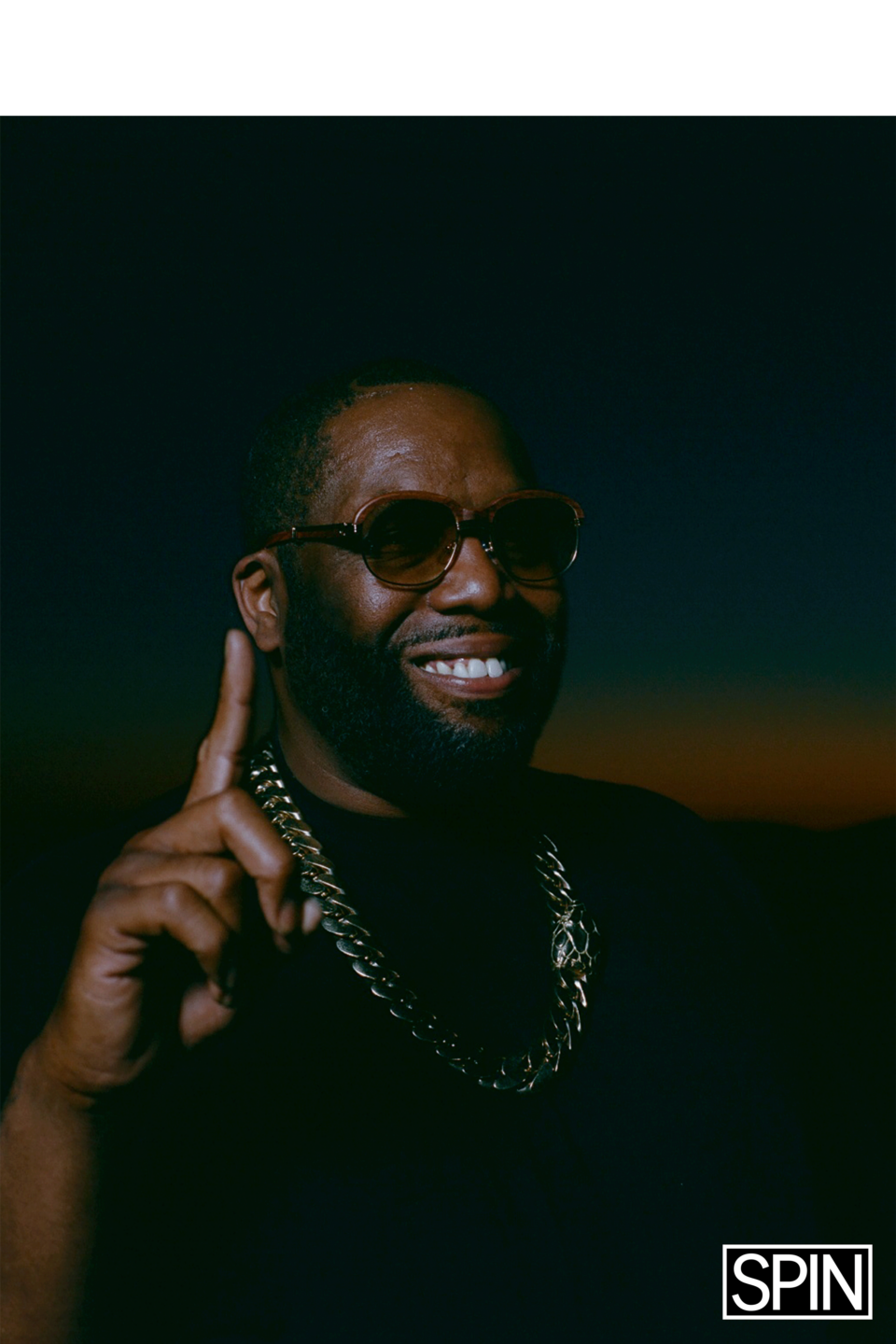
Michael, Killer Mike’s eponymous and soul-baring new studio album and first solo LP since 2012’s R.A.P. Music seeks to answer that question. The 14-track record, executive produced by No ID, is a clear departure from the work that has defined Mike’s output in the last decade — the four albums released as part of Run The Jewels, the duo he formed with rapper and producer El-P in 2013. The RTJ albums were not devoid of personal anecdote, but Run The Jewels priority was often form and technical brilliance. And they delivered. Spanning from RTJ (2013) to RTJ 4 (2020), Mike and El-P assembled one of the most critically-acclaimed and stylistically impressive album quartets in the history of rap duos. Run the Jewels helped elevate Mike’s status from indie savant to international star.
The Michael canvas, however, would require a different brushstroke. Killer Mike’s position as one of the great and yet underrated rappers and lyricists of his time is affirmed. He won a Grammy with Outkast in his rookie year. He’s been on songs with Jay-Z and been produced by DJ Premier. He had a prominent role in Bernie Sanders’ Presidential campaign. He’s starred in his own Netflix show. And so with a slew of multi-generational Atlanta features in tow ranging from Young Thug to Andre 3000, Michael Render seeks to return home. In more ways than one.
“Michael is a testimonial in church,” Mike says of his new album. Prior to his evening rounds, Killer Mike was seated comfortably in his Atlanta home, donning a black t-shirt and a stringed pair of Apple headphones for the first part of our conversation. He was attentive and intentional as he waxed poetic about his journey to the completion of the album. Which is actually not an album at all. “It's an audio cinematic experience,” he clarifies, leaning inquisitively into the lens of his phone camera. “I think this record is best heard driving, or sitting still with your eyes closed. You know, take a road trip, take an hour, drive to it and let it soak in and let the words hit you. Like, Goddamn. Google some of the names you hear. Who the fuck is Alonzo Herndon? Why does he keep talking about this Herman Russell Guy? And you'll start to see through the eyes of that nine-year-old child, right?”
It’s the vision of that nine-year-old child—that “chubby, little buck-toothed” nine-year-old child, per Mike’s description of his younger self— that’s actualized and finally, properly articulated on Michael. That child was raised with a belief that everything, including the impossible, was possible, and that the only thing that stood between him and triumph was hard work and belief in oneself. Even a matter as serious as the ongoing federal R.I.C.O. trial stemming from charges made against Young Thug and members of his YSL label imprint. It’s a case so complex and unprecedented that ABC Network produced a Hulu-distributed documentary long before the trial’s conclusion.
According to Killer Mike, however, there’s a simple solution available. He and his longtime friend and collaborator, T.I. met with the prosecution team and suggested a community-oriented solution: a “peace treaty of sorts,” was how Mike framed it. “That’s what we do when we go to Iraq. That’s what we do when we want to go to Haiti. Why wouldn’t we? Y’all know this shit is figure out-able,” he says matter-of-factly.
That fierce belief defines the spirit of Michael. Despite the context of No ID’s involvement, it’s not quite Killer Mike’s version of Jay-Z’s famed 4:44, where the rapper lamented over his transgressions with open-ended emotes laid bare over No ID’s subdued instrumentals. Michael is cathartic, but it is also tenacious in its repositioning of Mike’s true self-center. An exorcism of the belief that he is not enough. He’s always been enough. Michael is the story of the tribulations that helped affirm that belief to Michael Render, and Killer Mike is finally ready to tell it.
“I am the culmination of everything that is good about us, and I'm also not ashamed to have been—at times in my life—everything that's bad about us. I have been a conniver, I have been a liar. I've been a baby daddy, a philanderer, I've been a drug dealer.” Mike’s smile makes a brief appearance here. It’s not that he’s excited to list his life’s pitfalls. He’s excited about having another list to balance that one out. “I also went to Morehouse and Frederick Douglass High School. I’ve also been an amazing organizer, and an amazing husband and father.”
“I had to figure it out. This is a prodigal son, coming-of-age story that's telling young people it's been done before.”
Still, Michael is not without its moments of sheer emotional divulgence. Particularly on “Motherless,” a somber and hesitant record that finds Killer Mike in unfamiliar territory. “Khari, I’d never said it,” he confesses. “I’d never even said it,” he repeats deliberately, in a cautious and whispery tone. Had I not been staring directly at him, I would not have known from his tone that he wasn’t thinking out loud to himself.
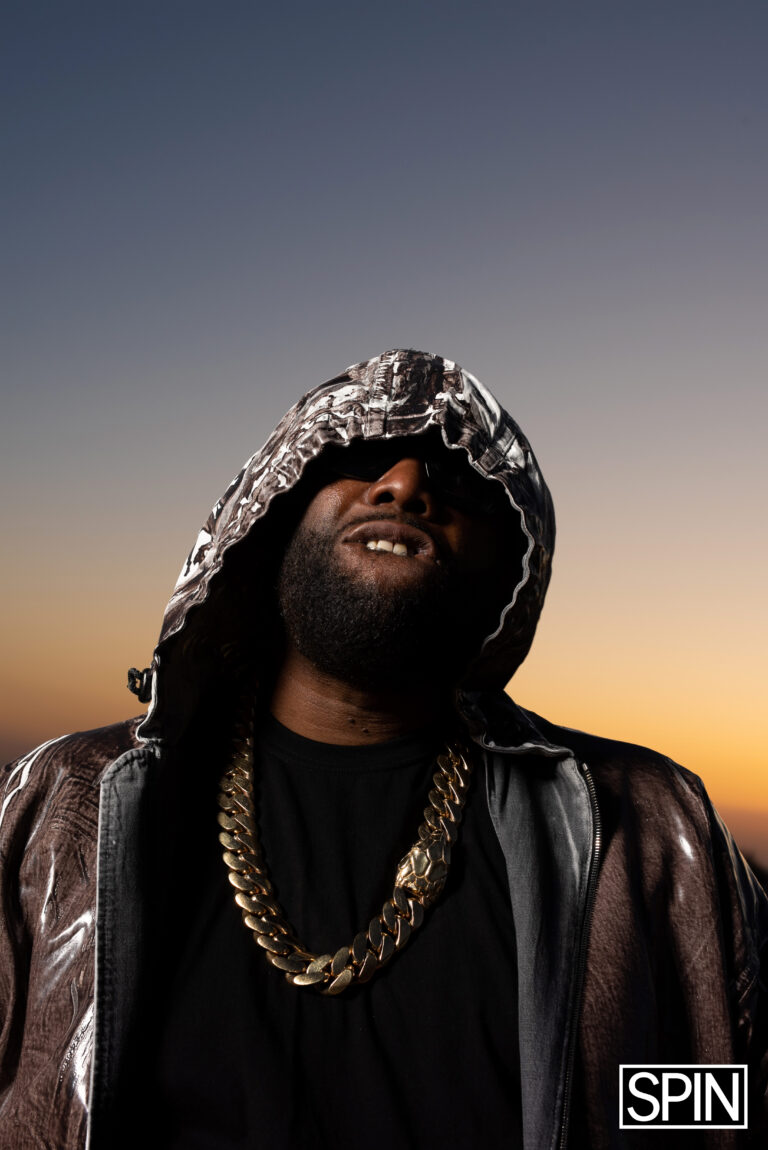
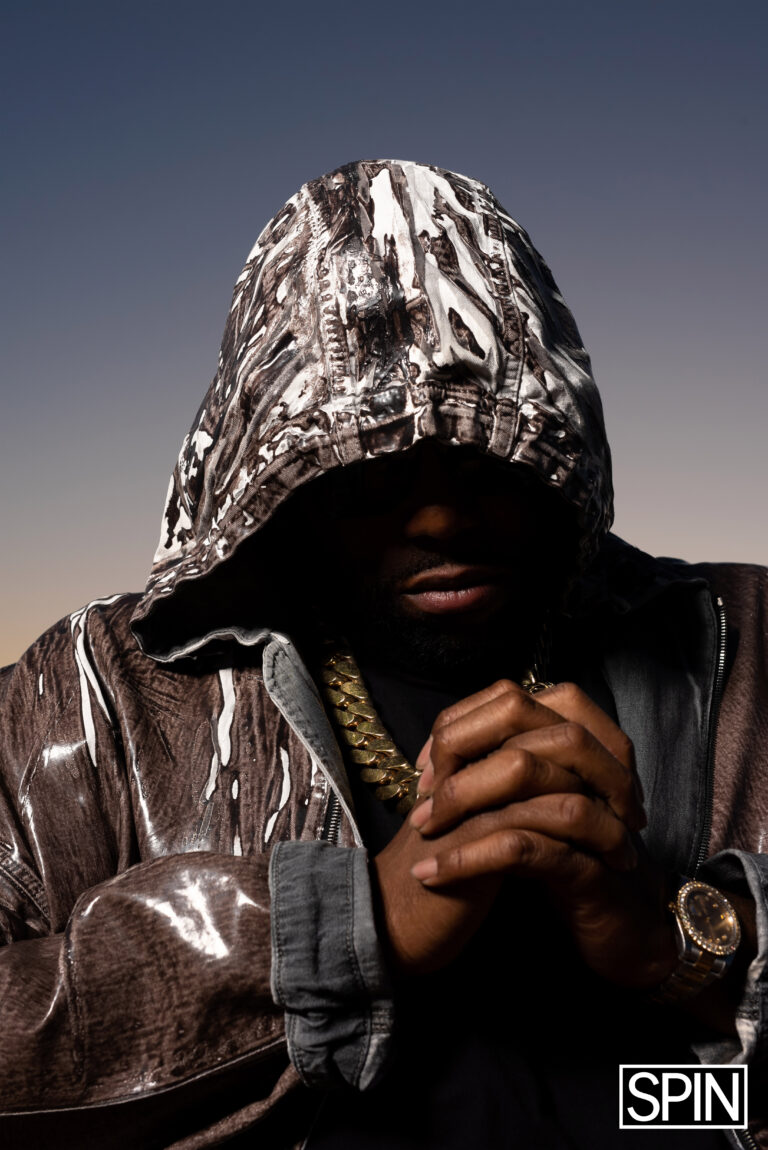
“My mother is dead.” That was the “it.” On “Motherless,” he blurts it to begin the song. 14 seconds in. “My momma dead. My grandmama dead.” The thematic dichotomy of Michael shines in this moment. On “Run,” Mike and Young Thug demand vigilance from their peers in their respective communities, in spite of their emotional and sociopolitical ruin. On “Motherless,” it took intervention from No ID to convince Killer Mike to remain steadfast in this moment of emotional confrontation. My momma dead.
“He was reprogramming the beat right on the spot,” Killer Mike said of the session. “[Dion] said, ‘No, no. We’re gonna do this one’.”
It’s at this very intersection, where the healing powers of transparency and the unpredictable nature of trauma collide, that No ID is a trusted crossing guard. From Jay-Z to Snoh Aalegra, he’s hellbent on the truth at this stage of his career. He’s made hit records. (“Run This Town,” anyone?) He’s powered stadium anthems. Now he wants to know what everybody is really thinking. And perhaps more importantly, what they’re not saying. “You know, there's a difference between making music to make money and having a passion and emotion and a thought process and speaking your truth,” No ID tells me, roughly a week after my conversation with Killer Mike. Dion has made time in his schedule to discuss his friend’s return to the solo circuit.
“I believe that, um, to pursue the money is what we hear more than anything we know. People are smarter now. They can see through the marketing plan, they can see through the intention of the music. And I think what's missing is just better storytelling.”
It’s this belief that made No ID a rap sensei in the 2010s and 2020s. As Killer Mike puts it, he doesn’t “direct as much as he shows you.” Dion, as he’s fondly referred to by many of his collaborators, has delivered brilliant beats and instrumentals to artists of all tiers, but he is often at his best when he steps in to contour and contort. He’s Hip Hop’s best story editor. Everything is a rough draft until it’s perfect. In the case of Michael, the first version of it that Dion interacted with was considered a “mixtape,” which is quite a specific designation in the era of streaming, where just about everything with original production is considered either an EP or a studio album. Killer Mike, ever the traditionalist, meant that to mean that it was a raw product. That raw product, it should be known, came to be thanks in large part to a young man named Cuz Lightyear.
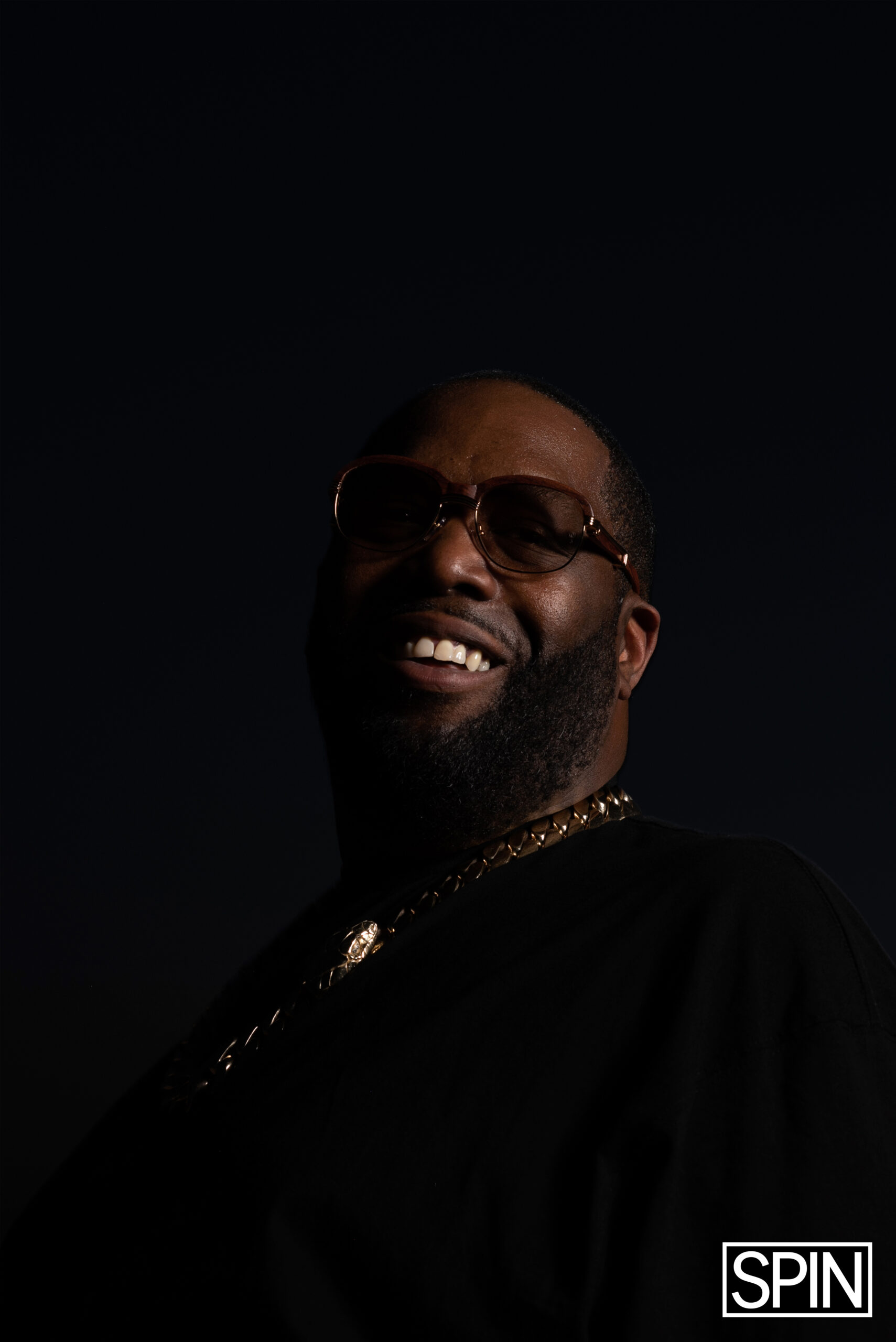
“He's a musical genius, beautiful songwriter. He really gets it,” says Killer Mike of his friend Cuz.
Cuz Lightyear is a veteran rapper and producer from roughly the same Atlanta streets as Killer Mike. Mike has overseen and assisted with parts of Lightyear’s career, ranging from the 2010s when Lightyear was a voracious underground rapper who made several appearances on Killer Mike records under the moniker SL Jones. Lightyear’s tenure also includes a stint at Mass Appeal Records, the label homestead of the legendary rapper Nas, based in New York City. Cuz was productive during his time there, releasing records with Atlanta superstar Lil Baby and Mike himself, but Killer Mike knew that Lightyear’s talent far exceeded his output.
“So me and Cuz double round, like, all right, let's just make a mixtape. We'll put it out through Mass Appeal, that way it'll help get you get going over there. We start working and Cuz was like, ‘Man, we are making some serious deadly records. I'm gonna tell you what we’re gonna do: your solo record. I'm about to pause my career. And we're gonna get your solo record together’.” This was the moment that Michael was born. “It was a Christlike thing to do,” says Mike of Lightyear’s renewed vision. It was on from there.
It wasn’t before long that Lightyear had an official job title on the project: A&R. With that job came a salary. Killer Mike paid it out of pocket. By the time they’d brought the project to No ID to transform it from mixtape to album, Mike was over a quarter-million dollars in the hole. As things developed, that number ballooned to over a half-million. This type of bill would normally place an artist in hot water with their label. At the time, Killer Mike was a free agent. He would eventually strike a deal with Loma Vista Records, which has distributed records by Denzel Curry and Action Bronson, to distribute Michael upon release. The advance from that deal would reimburse Mike for the money he’d invested into making the album.
Before that deal officially materialized, however, things had gotten startlingly expensive. So he landed in hot water with his wife, Shana Render, instead. “What the fuck we doing buddy?” was Shana’s question to Mike as the Michael tab continued to skyrocket. “She's like, ‘Well nigga, I'm glad you being reimbursed cause I got some issues that you spending half-a-million fucking dollars on a dream project,’” Mike heartily laughs.
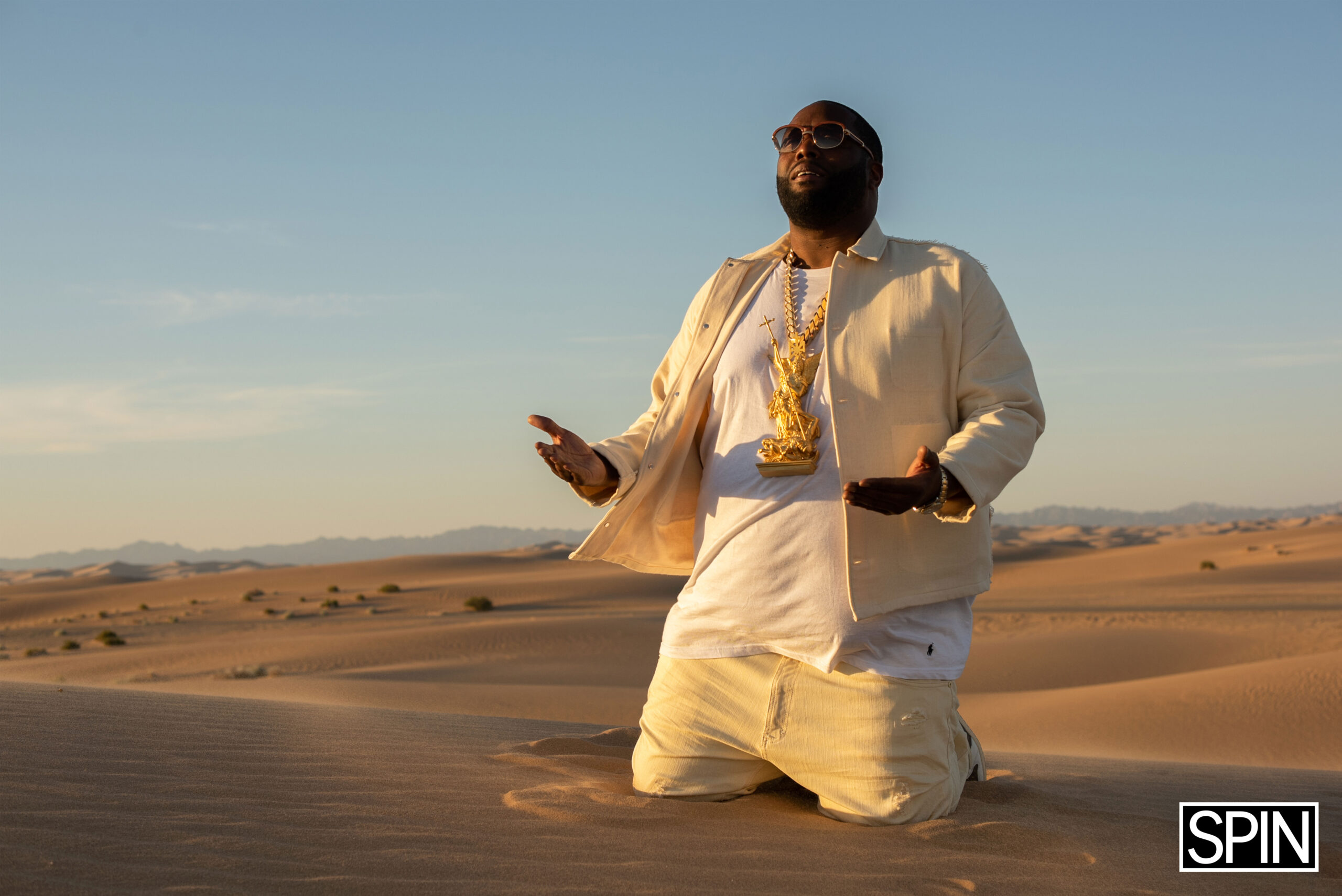
Killer Mike didn’t panic. He knew in his spirit that success in this instance was contingent on his commitment. That nine-year-old kid who was taught that everything including the impossible is possible was leading the charge. Success was the rule, not the exception. He just had to put in a little work.
Killer Mike’s grandmother’s mantra and directive to him as a youth was simple. “Don’t embarrass yourself. Don’t embarrass me and your mama. Don’t embarrass Black people.” It governs Mike’s personality, and it helps inform his no-excuses worldview. “My great-grandmother was a daughter of an enslaved woman. She taught her mother to read. She taught her children to read. She went from being a sharecropper with her husband to being a farm owner and landowner. That farm and land are still in my family to this day.” Despite the acute reminder of the harrowing treatment of Black people that has defined this country since its inception, much like the grief and strife he expresses throughout Michael, Killer Mike is able to adjust his perspective to identify the opportunities that can result from calamity.
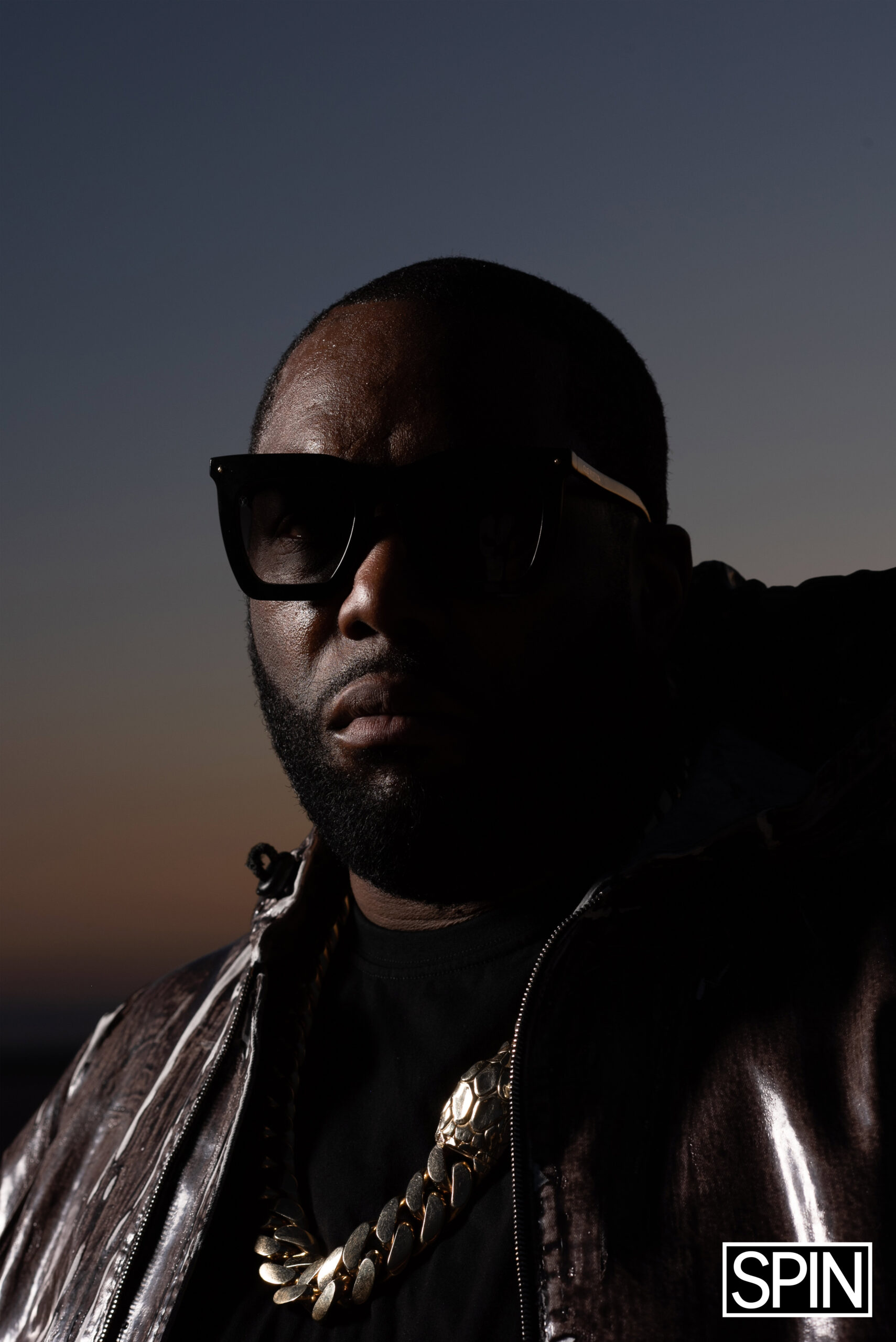
Roughly a month prior to our conversation, Killer Mike was the keynote speaker at an event called the “Fire Gala” hosted by The Foundation for Individual Rights and Expression (FIRE), a non-profit founded in the late 1990s aimed at protecting and amplifying the institution of free speech. Draped in commencement robes and that enveloping smile, he began his address with a simple declaration: “I believe in America.” It’s reasonable to believe that the grandson of a sharecropper and the descendant of enslaved people might not have such an optimistic viewpoint. It’s the idea of America, however, that Killer Mike refuses to dilute. “We were taught that, no, this isn't fair. This country, no, American and Western civilization is not fair,” he says to me, clarifying his gala address. “But you have an opportunity to make it more fair for the generation that comes after you. So the America that I believe in is an imperfect republic, striving to be more perfect.”
Mike hovers on this sentiment for a moment, which quietly prompts internal thoughts of my own upbringing, which often reflected the values he speaks of.
The school of thought that racism and America’s racial divide is now a “white problem” to maneuver and resolve has permeated social conversation since the police killing of George Floyd in 2020. It’s not necessarily a novel ideology, but one that has been reinforced by virtual activists to the point that an unmistakable air of complacency is socially present.
My parents, the first of their respective families to lead adult lives in America, fought adamantly to insulate our household from that atmosphere, which requires a belief that true success can indeed be viewed outside of the context of whiteness. Not everyone subscribes to this notion, however.
“I didn't have three white teachers my whole life, so my America looks like me and you,” Killer Mike says. “My America does not exclude white people. I knew they existed, but I didn't come into a constant interaction with them that caused me to feel inferior. My teachers challenged me. There was some imaginary group of white kids in another school that we were always competing with.” (As I write this, I can almost hear my own mother warning me about some imaginary white writer somewhere in the world who would do a much better job on this if I didn’t focus.)
“Do Black people deserve reparations?” Killer Mike asks, rhetorically. “Abso-fucking-lutely. Are we going to get them? I don’t know! So just in case we don’t, let me figure out how to leave something for my children.”
On “Talkin’ That Shit,” a track on the album, Mike expresses this sentiment in incendiary fashion, whether or not that was his intention. The lyric, “Niggas talk to me about that woke ass shit. Same niggas walking on some broke ass shit,” likens the idea of subscribing to “wokeness” to the idea of subscribing to “brokeness.” Upon hearing it, it sounds like it will immediately become the fodder for a classic Twitter debate: full of oversimplified premises and devoid of nuance. There is, however, specific intention behind the bar. Killer Mike wants no part of the “wokeness” that has been repackaged to the Black community as white allyship.
“First of all, white folks 25 years ago couldn't tell me what the fuck woke was. They've just appropriated your word. Being woke is more than having other people appropriate your struggle for their cause. Who has profited more from affirmative action? White women.
“So what the fuck you gonna keep doing shit that way for who's who? Who now do you see profiting off Black Lives Matter? People who ain't Black and who really don't think your lives matter. They just throw the sign in their yard and advocate for whatever they want. Then when you laying on the side of the street dead, or if you walking down the street and they don't know you, they calling the police on you.”
It’s matter-of-fact musings like these that have made Killer Mike the target of much discussion amongst progressive communities, who believe that he’s a little too Malcolm X for modern-day race theory. At points during our conversation, he mentions that the story of Michael could be analogous to young people across races and denominations, yet he evokes the controversial-at-times teachings of Louis Farrakhan, whose rhetoric has dallied along the lines of bigotry throughout the years, as a means of amplifying what it means to be “woke.” On the other side of that coin is the Killer Mike who once had a fiery exchange with a fellow Twitter user, who believed that Mike posting a tribute to James Baldwin was a questionable show of Black masculinity and solidarity.
“How dare you try to tell me that I can't have James Baldwin as a hero in my house? How dare you? You ain't never wrote an article that can compare to one of his sentences. You've never made a Black boy at 12 years old feel proud in the same way that [Baldwin] did when he debated [prominent mid-1900’s writer and thinker] William F. Buckley.” Killer Mike pauses for a second as his chest heaves slightly. “You don't know what Muslims want from the back of the Final Call. And yet you wanna talk to me about what's best for Black people? Nigga, you ain't been Black long enough.”
This resolve by fire has burned in the belly of Michael Render for much longer than maybe even he can remember. Since the onset of his rap career, he’s refused to have the rungs on his ladder handed to him like the repackaged wokeness he loathes so intensely. He kicked down the doors when Outkast invited him to rap on Stankonia, one of the great rap albums the city of Atlanta has ever produced, and wound up with a Grammy Award and a major record deal from Columbia Records.
Ironically, that was where a lengthy bout with self-doubt began. “My first record deal damaged me. It made me afraid, it pulled me back. I hadn't done terribly on the major. I just, you know, I came out the same year as 50 [Cent] selling 10 million fucking records. I sold, you know, 500,000.” That sales mark would be cause for celebration today. In 2003 with a Grammy-winning performance as the wind in your sails, it was lukewarm at best. This changed Killer Mike’s perspective on what his career would look like. “I was more comfortable in the independent circles,” he surmised at the time.
The indie route, however, was not a consolation prize for Mike. In the CD era, where not having a major label to press, market and distribute your music was seen as equivalent to not making it out of the NBA’s developmental league, Killer Mike went about changing that perception the only way he knew how: execute. Opportunity from calamity. From 2006 to 2008 he released two independent mixtapes that very well should have been classified as albums: Pledge Allegiance to the Grind and Pledge Allegiance to the Grind 2. Through a mainstream and radio lens, they certainly flew under the radar. But as the internet began to rise to prominence as an increasingly important distribution platform, Mike found ways to make sure his work stood out.
He toured these projects at festivals and took out full-page ads in XXL Magazine despite the lack of a major label budget. At a time when legacy artists were struggling to find their footing as radio became less prominent, Mike was able to create his own lane and resonate with a fanbase that would follow him wherever he took them. An eventual business partnership with T.I. brought Mike to a semi-major label space as a member of his friend’s Grand Hustle Recordings imprint and produced the album Pl3dge in 2011, the only one of Killer Mike’s albums, other than his debut, to not be released independently. Radio paid brief attention, and his T.I.-featured single “Ready, Set, Go” would nearly crack the Top 100 of Billboard’s R&B/Hip Hop chart. But it wasn’t until he connected with El-P that Mike would truly find the sweet spot that bridged the gap from Monster to Michael. He still remembers the first time he heard an El-P beat.
After Killer Mike’s friend and longtime TV and music executive Jason Demarco suggested welcoming El-P into the fold as Mike began work on what would become R.A.P. Music, the rapper experienced a eureka moment. This was the producer that he’d be working with almost exclusively for the next eight years. It sounds like a conclusion that benefits from hindsight. But Mike knew after their first session together in Atlanta that he had arrived at a pivotal moment in his career.
“This is Ice Cube when he flew to New York and locked in with the bomb squad,” Mike declares. He felt that strongly about his instantaneous chemistry with El-P. Moments later, he was placing a call to his management team. “This motherfucker gotta do the whole album,” referring to R.A.P. Music.
El-P, who also contributes production to Michael, fondly remembers this moment. “My clearest memory of us starting to work together are the first sessions we did together in Atlanta. I don't think either of us really knew what to expect but when I played him “Big Beast” (the intro to R.A.P. Music), Mike lit up in a real way. By the time I left after a three-day stint working with him we had recorded about four songs and they were fucking good. It was then that I suspected the plans I walked in the door with were in trouble.”
That album became R.A.P. Music, Killer Mike’s last solo album prior to Michael. It set the stage for the Run The Jewels albums, which took Mike and El-P’s R.A.P. Music partnership and made it official. New life was breathed into the careers of both artists. “There was a time when Killer Mike and El-P were opening for Run The Jewels on tour. And then we’d come out as Run The Jewels together. And these kids would have X’s (a signature part of the Run The Jewels logo) on their hands.” In that moment, Killer Mike felt God speaking to him. “I put my ego and my insecurity to the side after that tour.”
Putting his insecurity to the side didn’t dissipate it, however. It took some time, but Killer Mike knew that no amount of success from Run The Jewels would enable him to keep running from Michael Render. As comfortable as he was forming one of the great duos of recent memory, he could feel the urge tugging at him. No ID knew as well. For years, Killer Mike says, Dion had been urging the rapper to take a deep breath and consider the possibility of them embarking on this journey together. But Mike was afraid. Afraid of failure, afraid of transparency, and wary of meeting a version of himself he hadn’t yet reconciled.
It took nearly a decade for him to realize that the only fear worth succumbing to is the fear of not trying.

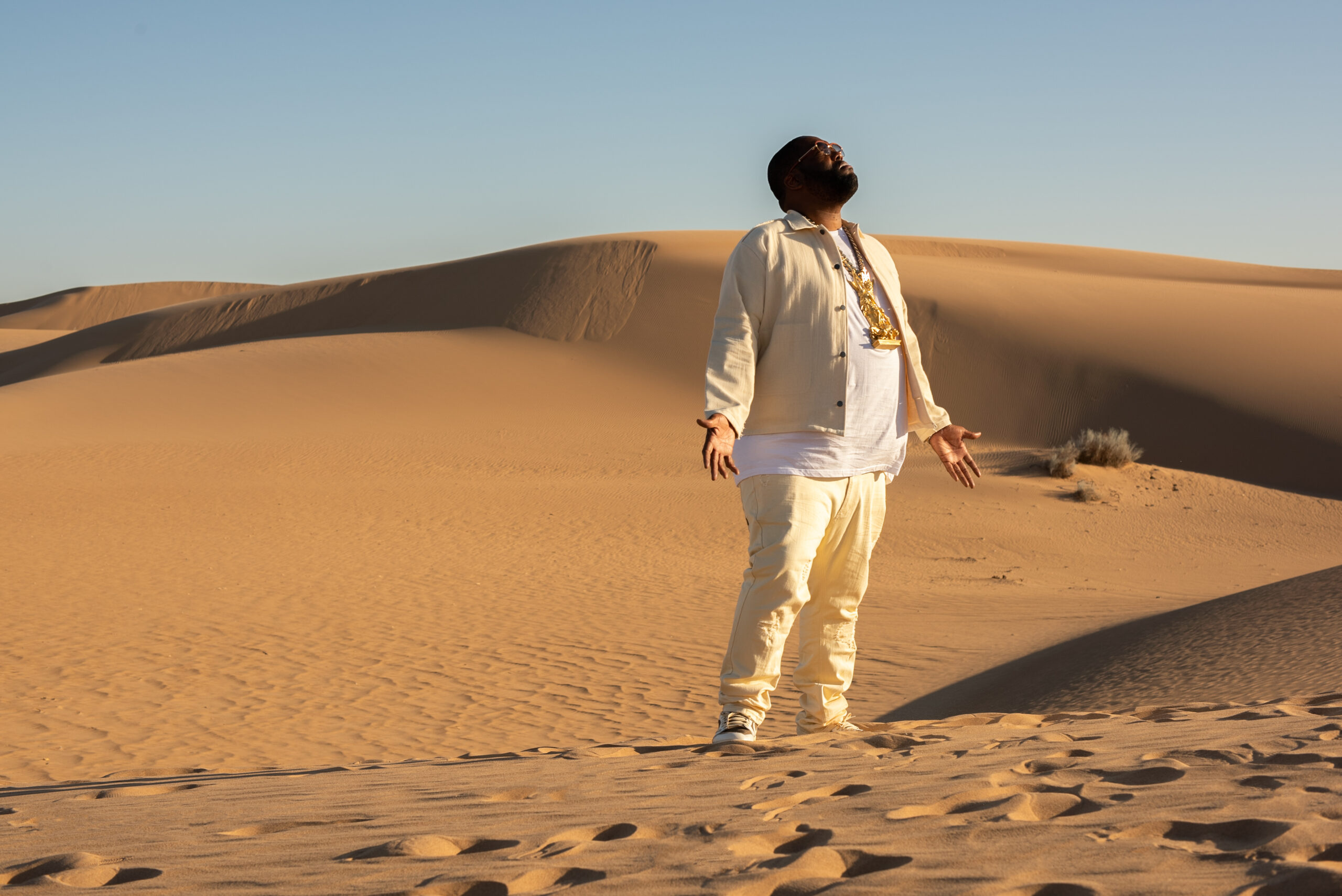
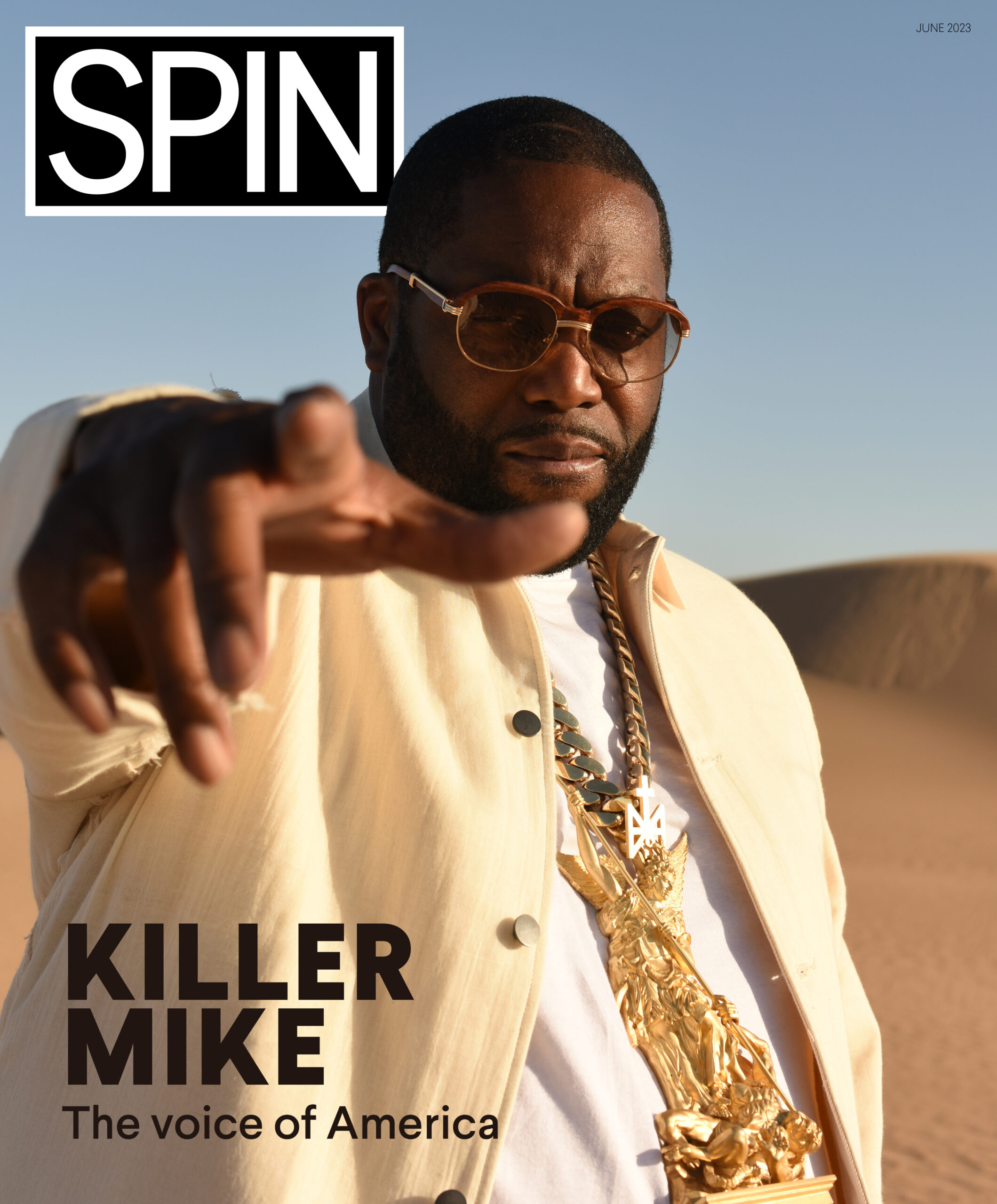
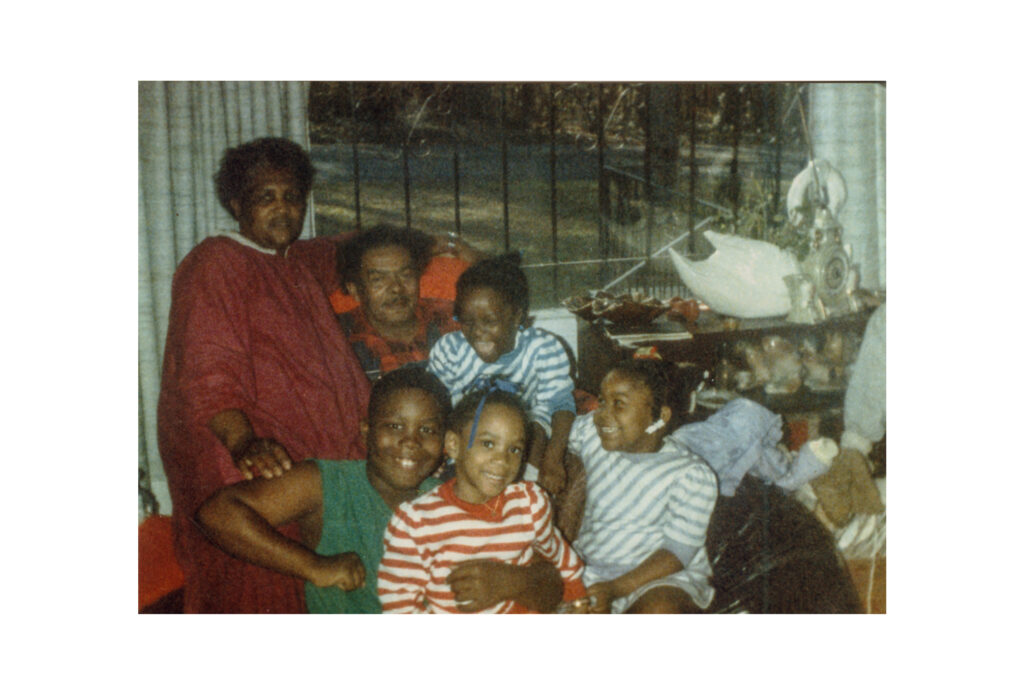 Photo Credit: Artist's collection | Young Michael and family
Photo Credit: Artist's collection | Young Michael and family
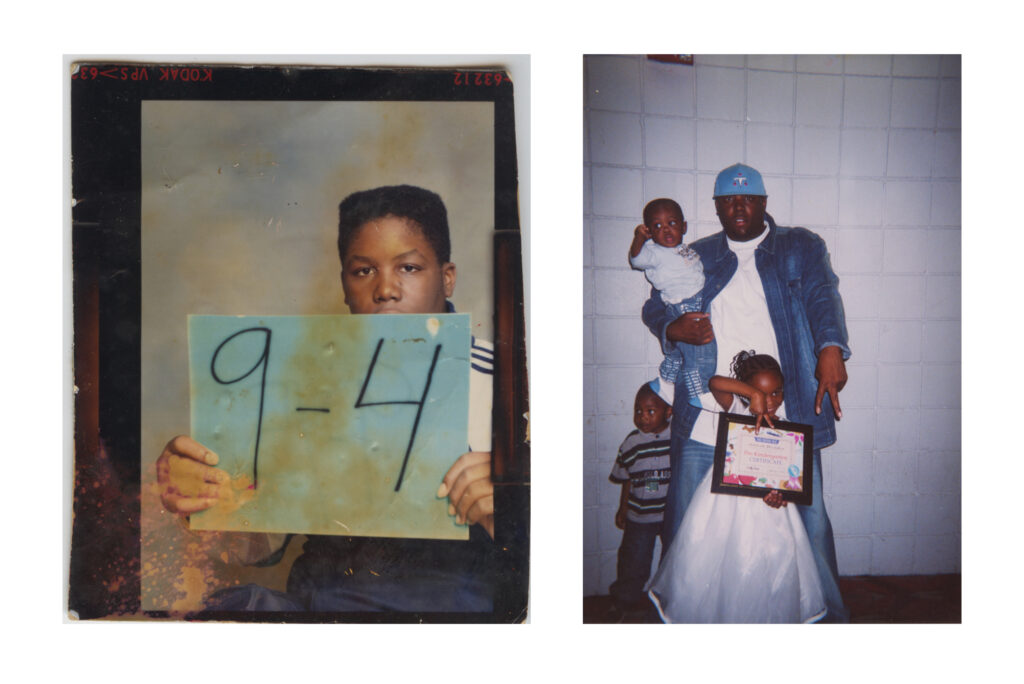 Photo Credit: Artist's collection | L: Michael in 9th grade, Class #4 | R: Raising his own family
Photo Credit: Artist's collection | L: Michael in 9th grade, Class #4 | R: Raising his own family
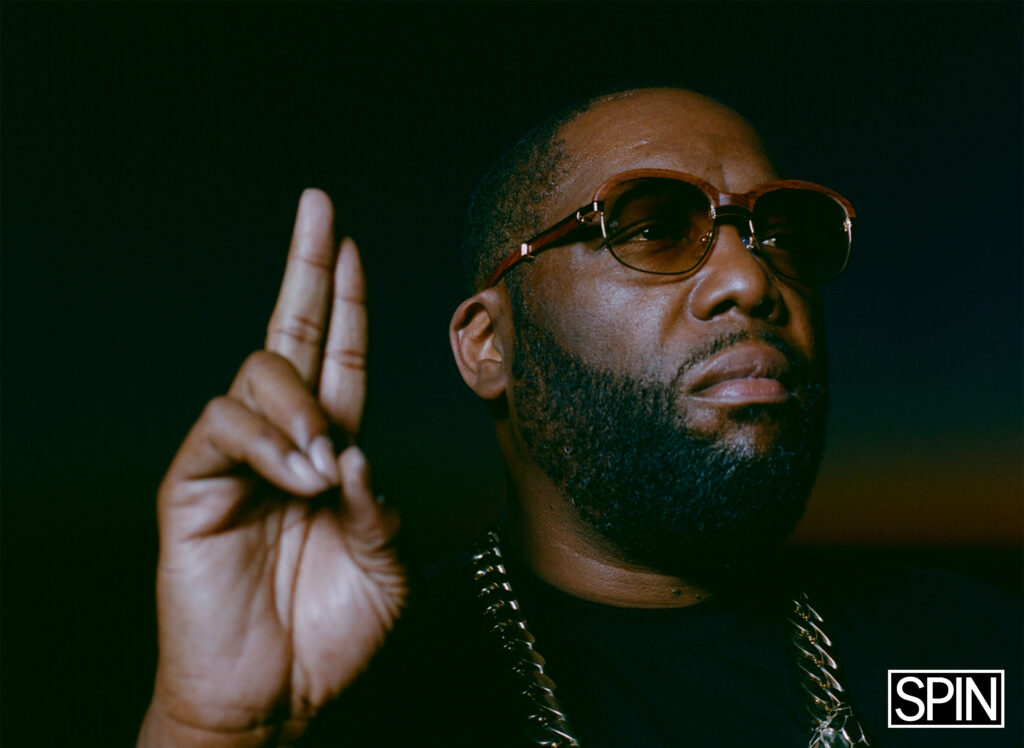 Photo Credit: Shane Smith
Photo Credit: Shane Smith
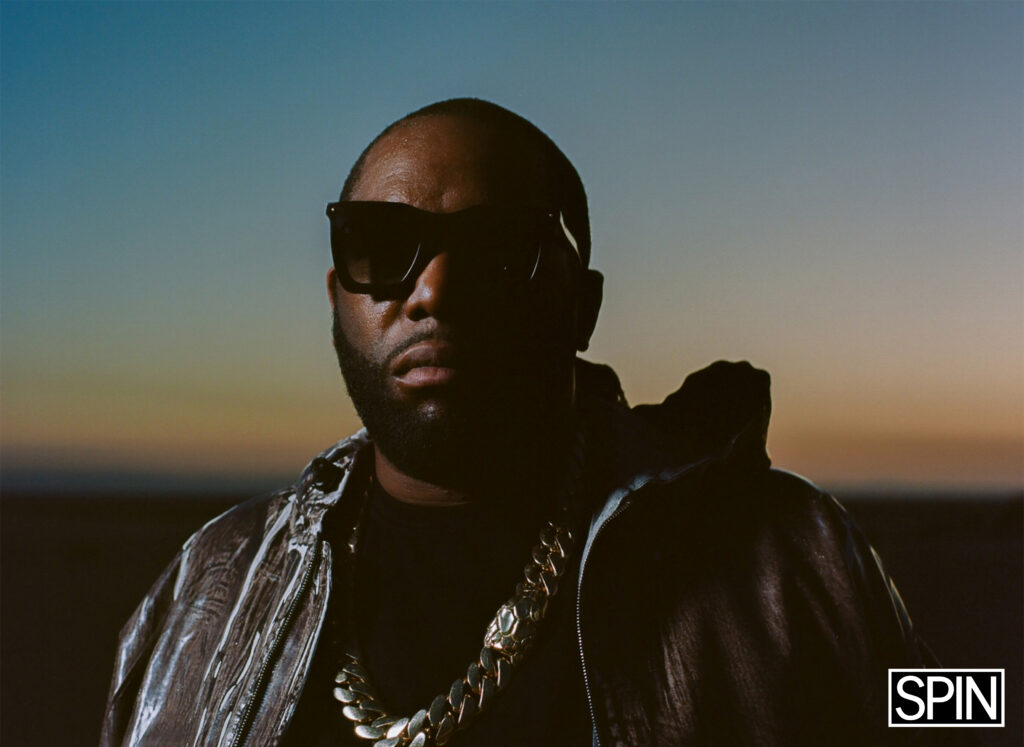 Photo Credit: Shane Smith
Photo Credit: Shane Smith
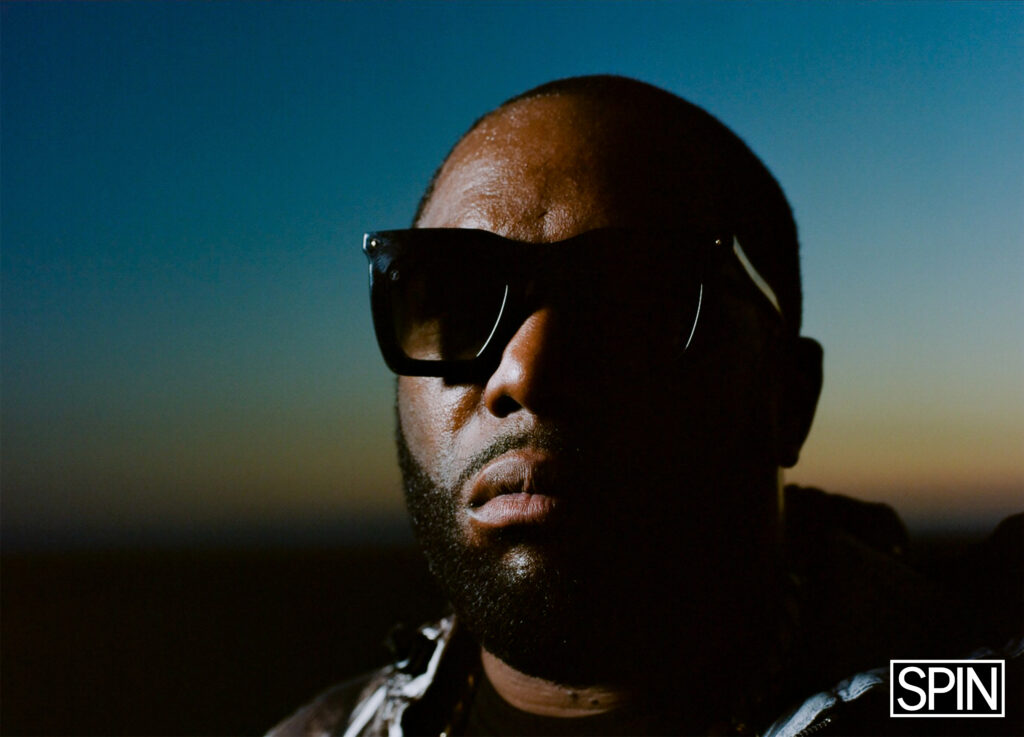 Photo Credit: Shane Smith
Photo Credit: Shane Smith
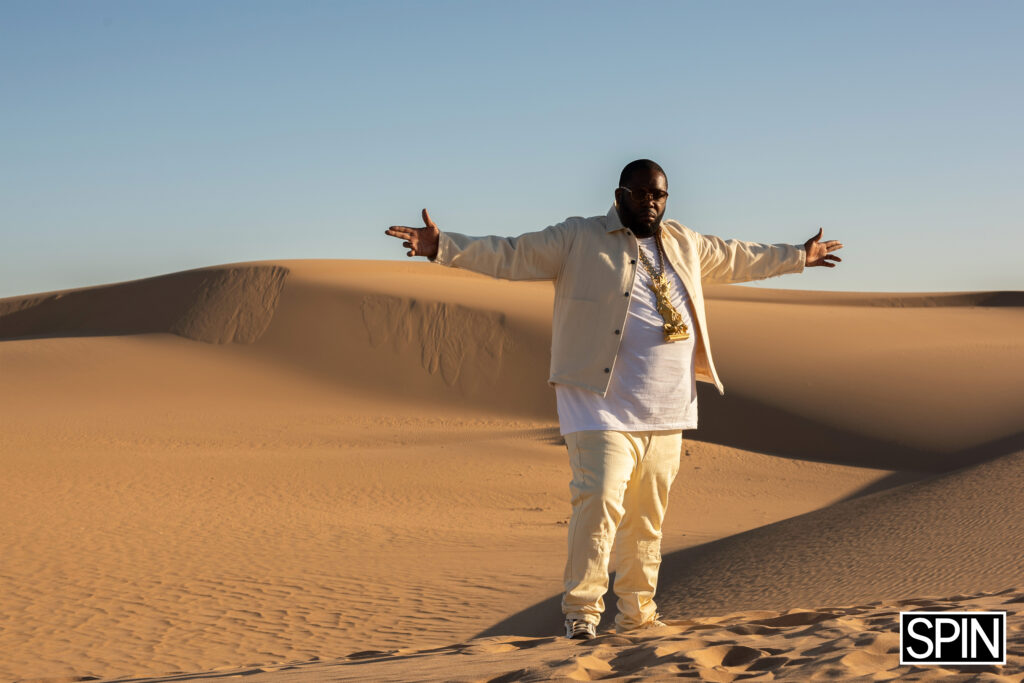 Photo Credit: Shane Smith
Photo Credit: Shane Smith
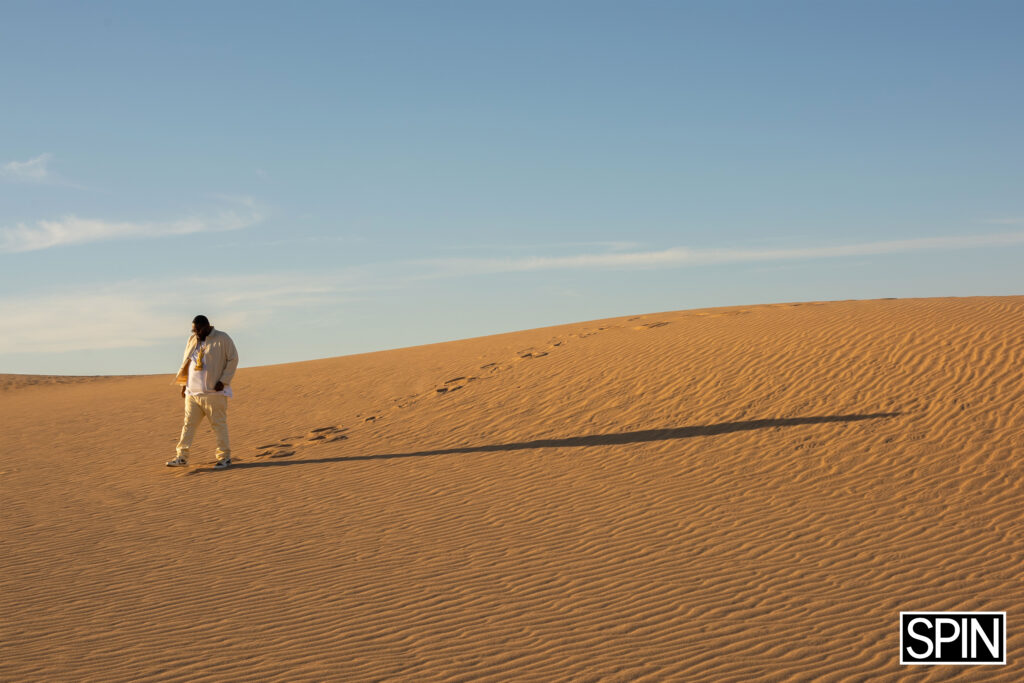 Photo Credit: Shane Smith
Photo Credit: Shane Smith
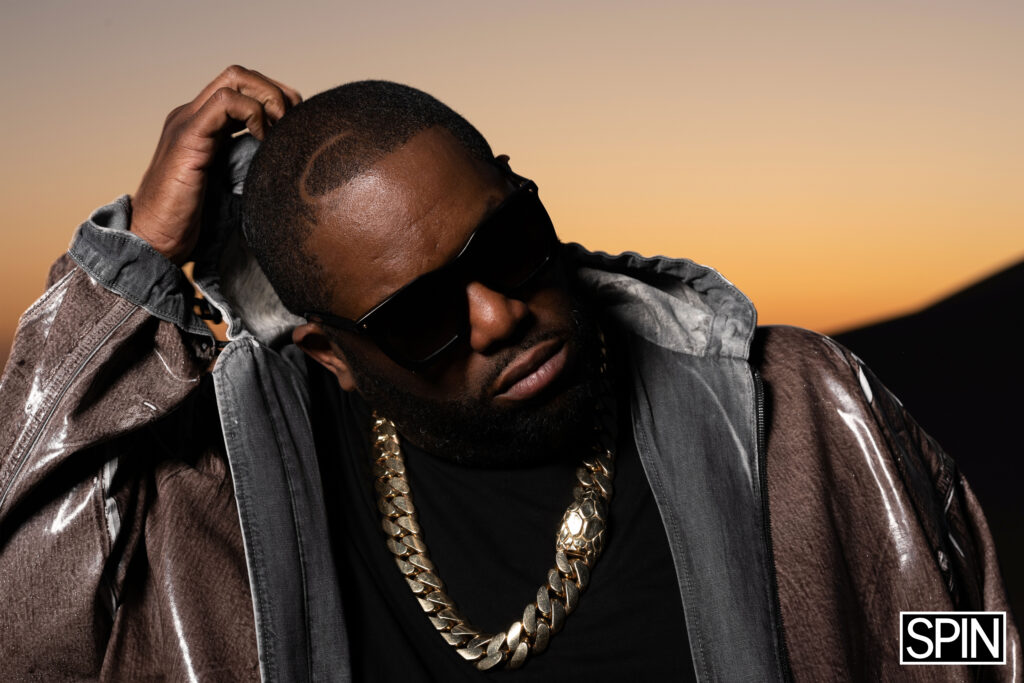 Photo Credit: Shane Smith
Photo Credit: Shane Smith
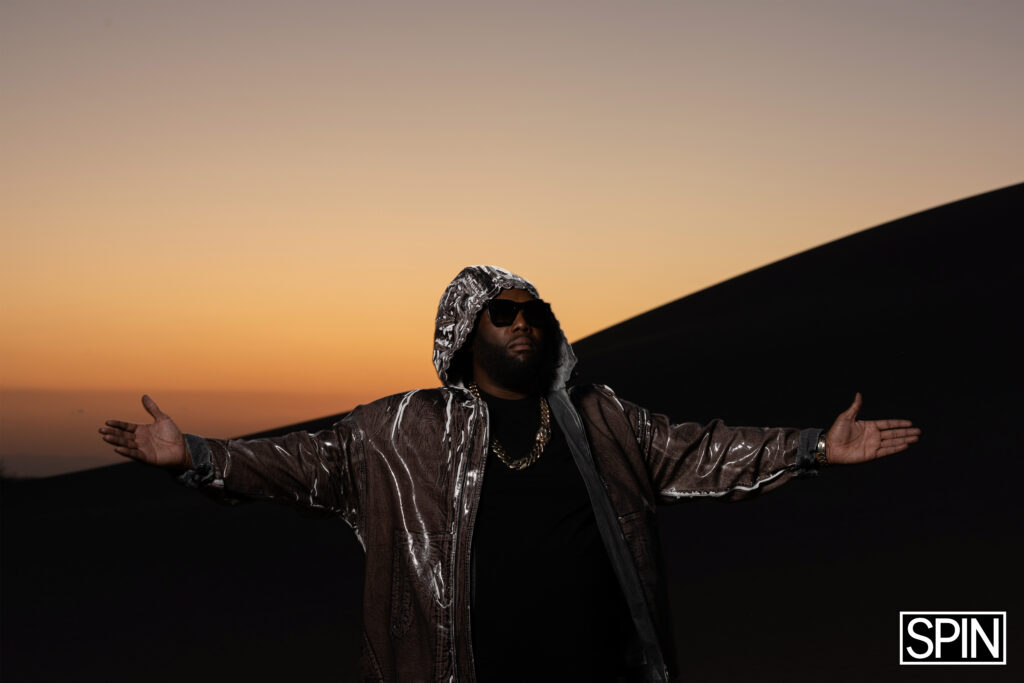 Photo Credit: Shane Smith
Photo Credit: Shane Smith
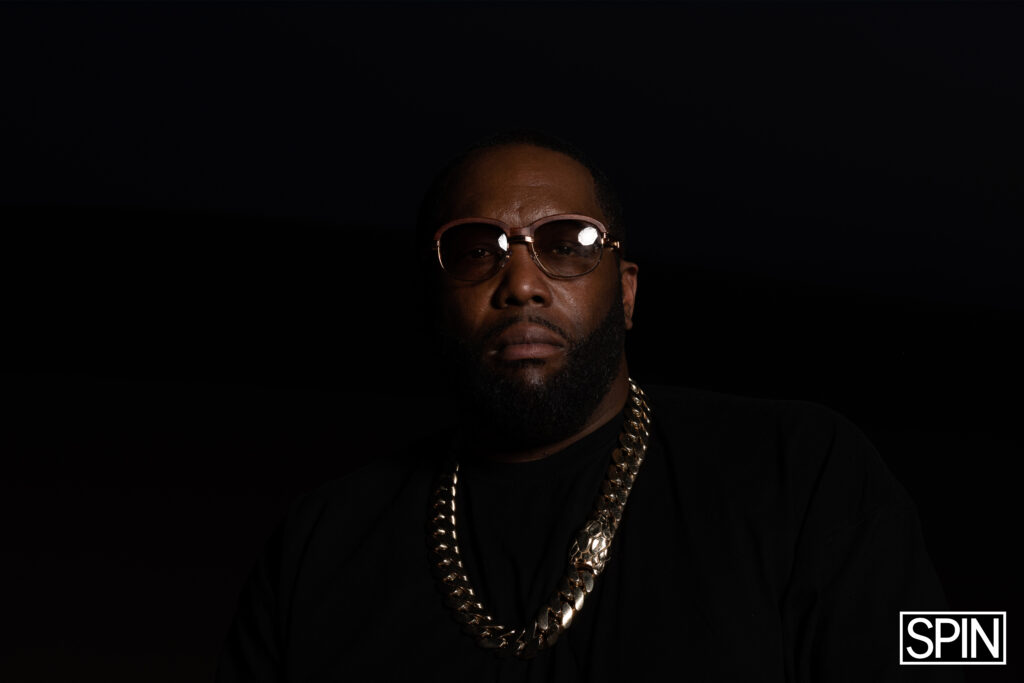 Photo Credit: Shane Smith
Photo Credit: Shane Smith



